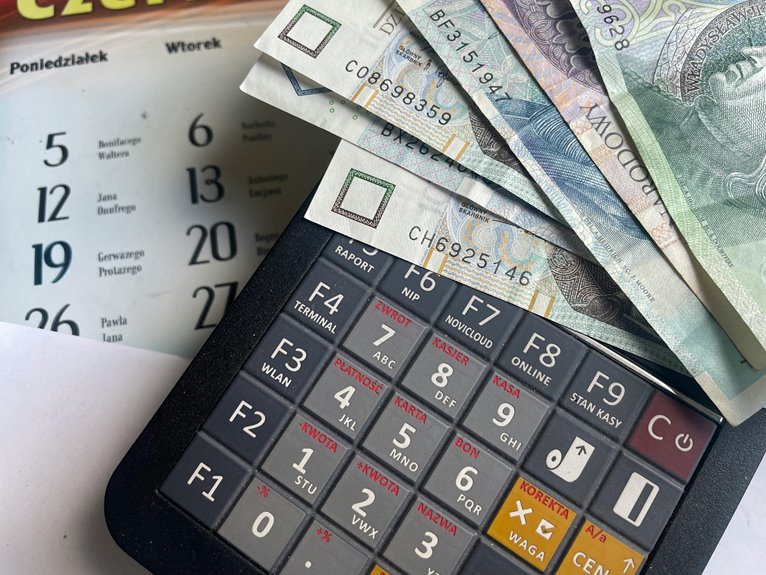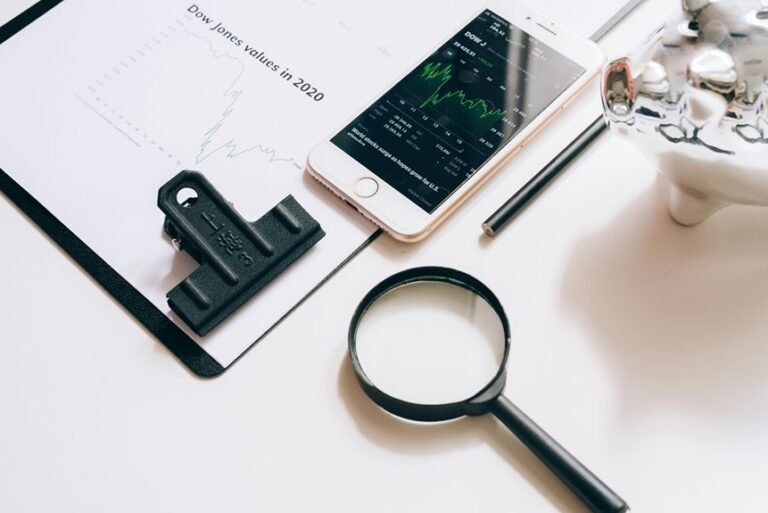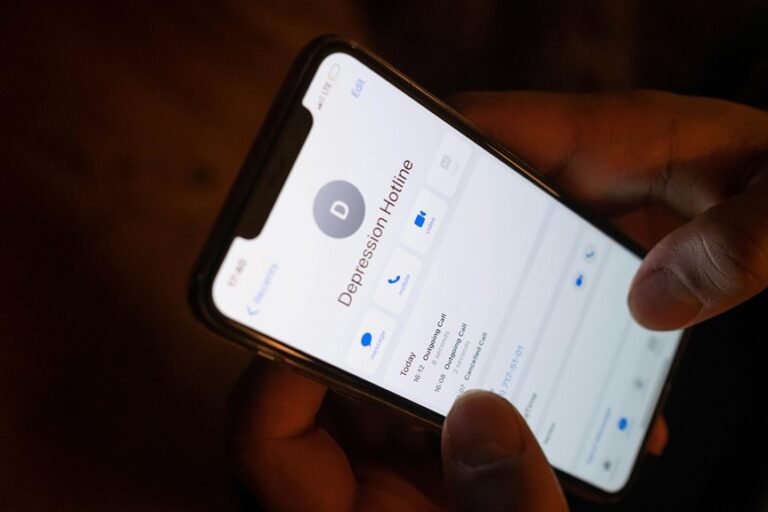Incoming Call Tracker: 3528355302, 3529557275, 3603469219, 3603469239, 3603469258, 3605487723
The increasing prevalence of unknown callers, such as those from the numbers 3528355302 and 3605487723, poses significant challenges for individuals managing their communications. Advanced incoming call trackers provide valuable insights into the legitimacy of these calls. By analyzing caller data and reputation, users can make informed decisions regarding engagement. Yet, the effectiveness of these strategies remains contingent on understanding the underlying technologies and methodologies employed. Further examination reveals critical aspects that warrant attention.
Understanding the Significance of Unknown Numbers
Although receiving calls from unknown numbers can incite a range of emotions, their significance extends beyond mere curiosity or annoyance.
Unknown number identification plays a crucial role in assessing potential threats or opportunities. Through caller reputation analysis, individuals can determine the legitimacy of calls, enabling informed decisions about engagement.
Understanding these dynamics empowers users, fostering a sense of control over their communication landscape.
Effective Strategies for Tracking Incoming Calls
Tracking incoming calls effectively requires a systematic approach that integrates technology and analytical methods.
Implementing advanced call tracking systems enhances caller identification, enabling users to discern the nature of incoming calls.
Utilizing software that logs call data, combined with real-time analytics, allows for informed decision-making.
This strategic approach empowers individuals to manage communications while fostering a sense of freedom from unwanted disruptions.
Tips for Managing Unwanted Callers
How can individuals effectively manage unwanted callers in an age of pervasive telemarketing and robocalls?
Implementing advanced blocking techniques, such as utilizing built-in smartphone features or third-party applications, enhances caller identification capabilities.
Additionally, registering with national do-not-call lists can mitigate disturbances.
Conclusion
In conclusion, the utilization of incoming call trackers for numbers like 3528355302 and 3603469219 not only enhances users’ ability to discern legitimate calls from potential scams but also underscores a growing trend in technology-driven communication management. The hypothesis that advanced tracking systems significantly reduce unwanted interruptions is supported by evidence of increased user satisfaction and reduced anxiety. As the landscape of telecommunication evolves, these tools will likely become essential for maintaining control over personal communication channels.






